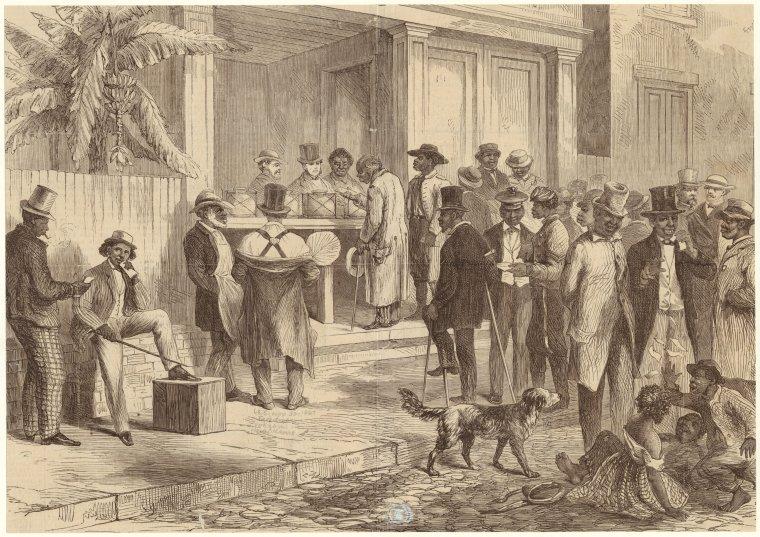After his service in the Union Army, Rutherford B. Hayes would go on to become the only U.S. president who was wounded in the Civil War. Although he was elected as the 19th president due to the questionable Compromise of 1877, Hayes would end the Reconstruction Era and make major moves towards civil service reform in the nation.
Hayes was born in Ohio in 1822 to Rutherford Hayes, Jr. and Sophia Birchard. Hayes’s father died 10 weeks before he was born, so Hayes was partially raised by his uncle Sardis Birchard.






